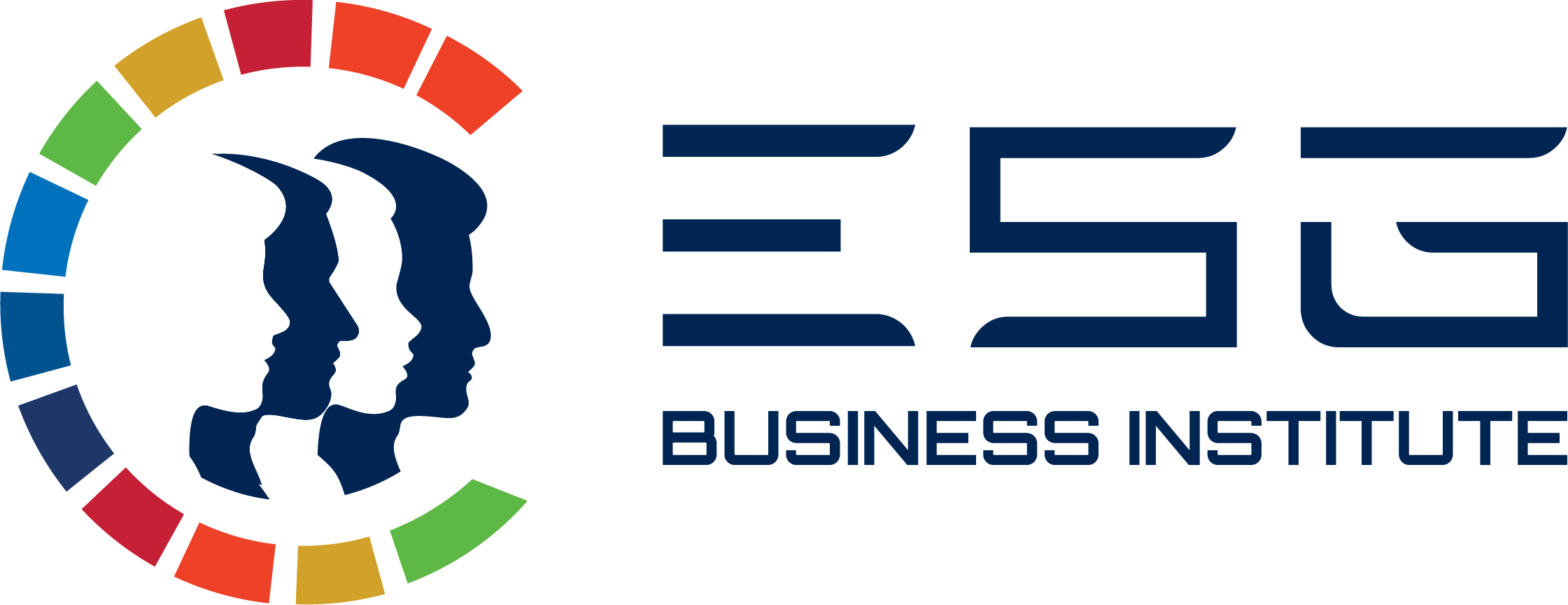Written by Aliyah Assegaf
26 November 2024

The regenerative economy represents a transformative approach to economic development, prioritizing environmental renewal, resource circularity, and equitable wealth distribution. Unlike traditional growth models that rely on resource depletion, the regenerative economy seeks to harmonize economic activity with ecological balance. Insights from McKinsey highlight several key strategies and opportunities for advancing a regenerative economic framework.
Scaling Green Businesses for Regeneration
To align with a net-zero future, companies must reimagine their business models, focusing on scaling sustainable technologies and services. The market for zero-carbon solutions—spanning renewable energy, green hydrogen, and circular products—is expected to reach $12 trillion annually by 2030. This represents a critical opportunity for enterprises to lead in regenerative practices by leveraging innovation and capitalizing on regulatory incentives such as the European Green Deal and the U.S. Inflation Reduction Act.
Startups, established corporations, and investors all play crucial roles in this transition. Startups can drive disruptive innovations, while incumbents can use their resources to develop scalable green ventures. For example, McKinsey cites successful initiatives in green hydrogen production and carbon-free steel manufacturing as proof that businesses can balance profitability with ecological stewardship.
Building Ecosystems for Green Growth
A regenerative economy requires collaboration across industries and geographies. Initiatives like McKinsey's Green Business Building Summits foster partnerships that enable businesses to co-create solutions, from sustainable finance platforms to green technology hubs. These ecosystems are vital for creating resilient supply chains and scaling innovations faster, ensuring that regenerative practices are embedded at every stage of the economic cycle.
Turning Challenges into Opportunities
The shift to a regenerative economy isn't without hurdles. Companies reliant on high-emission operations face decisions about whether to divest from legacy assets or reinvest profits into greener alternatives. Firms like NextEra Energy exemplify this transition, having pivoted from coal to leading in renewable energy and clean fuels. These strategic moves demonstrate how aligning with sustainability tailwinds can drive long-term shareholder value while supporting ecological recovery.
Driving Socioeconomic Equity
A regenerative economy goes beyond environmental goals—it emphasizes inclusive growth. By integrating circularity and sustainability into business models, companies can create jobs in emerging sectors, such as renewable energy and sustainable agriculture, fostering equitable economic development.
Shaping the Future of Business and Sustainability
The regenerative economy is both an urgent necessity and a vast opportunity. By prioritizing sustainable practices, investing in green technologies, and fostering collaboration, businesses can lead the way in creating an economy that not only mitigates climate change but actively restores ecological and social systems. This path is not just about compliance or resilience—it's about unlocking new avenues for innovation and prosperity.
For further reading, explore McKinsey’s insights on scaling green businesses and accelerating the net-zero transition.
